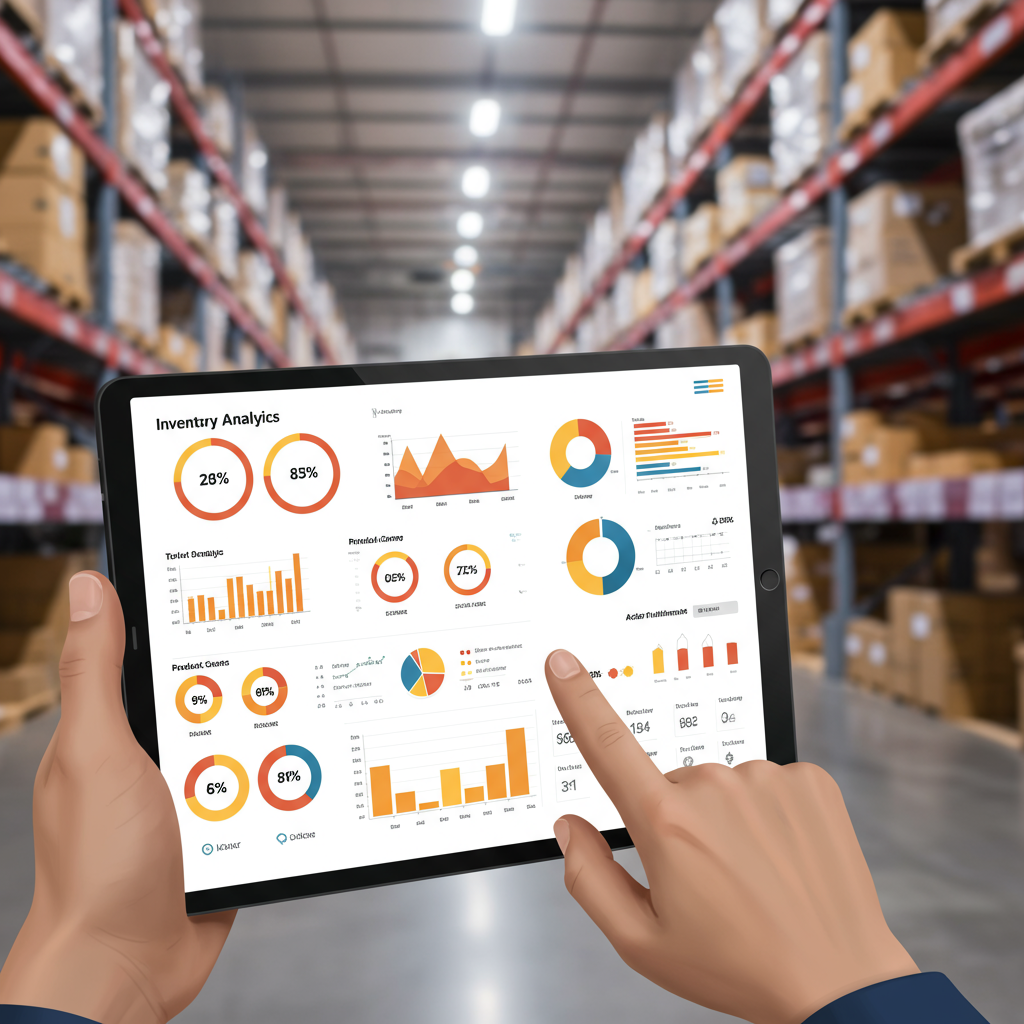Streamlining Your Stock: A Merchant’s Guide to Choosing the Right Solution
As a Shopify merchant, I’ve learned firsthand that managing inventory isn’t just a task; it’s the backbone of a successful e-commerce business.
It’s where profit margins are made or lost, where customer satisfaction thrives or plummets, and where your precious time is either saved or squandered.
For a long time, I struggled with manual spreadsheets, trying to keep track of every SKU, every sale, and every restock.
It was a nightmare of human error, late nights, and constant anxiety about overselling or, worse, running out of popular items.
I quickly realized that Shopify’s native inventory features, while a good starting point, simply weren’t enough for my growing store.
They offer basic tracking, but they lack the advanced functionalities needed for true efficiency, especially as you scale, manage multiple locations, or deal with complex product variations.
That’s when I began my deep dive into the world of Shopify inventory management apps. I was on a mission to find solutions that could automate, optimize, and ultimately, liberate me from inventory headaches.
My goal was to find tools that could provide real-time accuracy, streamline my operations, and give me the peace of mind to focus on growth, not just counting widgets.
So, what exactly should you look for in an inventory management app? From my experience, there are several non-negotiable features that every serious merchant should consider.
First and foremost, real-time syncing across all your sales channels is paramount. You need to know exactly what you have, where it is, and what’s available for sale at any given moment.
Multi-location support is another critical feature, especially if you operate from a warehouse, a retail store, or even multiple fulfillment centers. The app should seamlessly track stock across all these points.
I also highly value robust purchase order management. This means the ability to create, send, and track purchase orders directly within the app, ensuring you never miss a reorder point.
Bundling and kitting capabilities are essential if you sell product sets or create custom packages. The app should automatically adjust component stock when a bundle is sold.
Comprehensive reporting and analytics are vital. I rely on these insights to understand sales trends, identify slow-moving items, and make data-driven decisions about my purchasing.
Automation features, such as low-stock alerts and automated reorder suggestions, are absolute game-changers. They save countless hours and prevent costly stockouts.
Seamless integrations with other tools you use, like your POS system, accounting software (e.g., QuickBooks, Xero), and shipping platforms, are also incredibly important for a unified workflow.
User-friendliness is often overlooked, but it’s crucial. An app can have all the features in the world, but if it’s too complex to use, you won’t get the most out of it.
Finally, scalability is key. Choose an app that can grow with your business, accommodating increased order volumes and more complex inventory needs down the line.
Now, let me share some of the apps I’ve explored and what I’ve learned about them. Keep in mind, the “best” app truly depends on your specific business needs.
For basic, yet powerful, multi-channel syncing, I’ve found apps like Stock Sync to be incredibly useful. It excels at connecting your Shopify store to various suppliers and marketplaces, automating inventory updates.
If your business involves manufacturing or complex assembly, I’ve looked into solutions like Katana MRP. It goes beyond simple inventory, offering production planning, material resource planning, and shop floor control.
For a more comprehensive solution, especially if you’re dealing with B2B sales or wholesale, QuickBooks Commerce (formerly TradeGecko) is a strong contender. It offers robust inventory, order, and customer management all in one place.
And for those with a dedicated warehouse and a need for efficient picking and packing, SKULabs stands out. Its focus on barcode scanning, shipping label generation, and warehouse optimization is impressive.
Choosing the right app can feel overwhelming, but I recommend starting by clearly defining your current inventory challenges and your future growth aspirations.
Take advantage of free trials! I can’t stress this enough. Hands-on experience is the best way to determine if an app’s interface and features truly align with your workflow.
Read reviews, but also consider reaching out to other merchants in your niche. Their real-world experiences can provide invaluable insights.
Remember, the investment in a good inventory management app pays for itself many times over. It reduces carrying costs, minimizes waste, and improves cash flow.
It also significantly boosts customer satisfaction by ensuring products are always in stock and orders are fulfilled accurately and on time.
Ultimately, a robust inventory system frees up your time, allowing you to focus on strategic growth initiatives rather than getting bogged down in operational minutiae.
It provides the data you need to make smarter purchasing decisions, optimize your product catalog, and truly understand the health of your business.
What do you think about this article? I’m always curious to hear other merchants’ perspectives on inventory challenges and solutions.
I hope my insights help you navigate the vast landscape of Shopify inventory management apps and find the perfect fit for your e-commerce journey.






